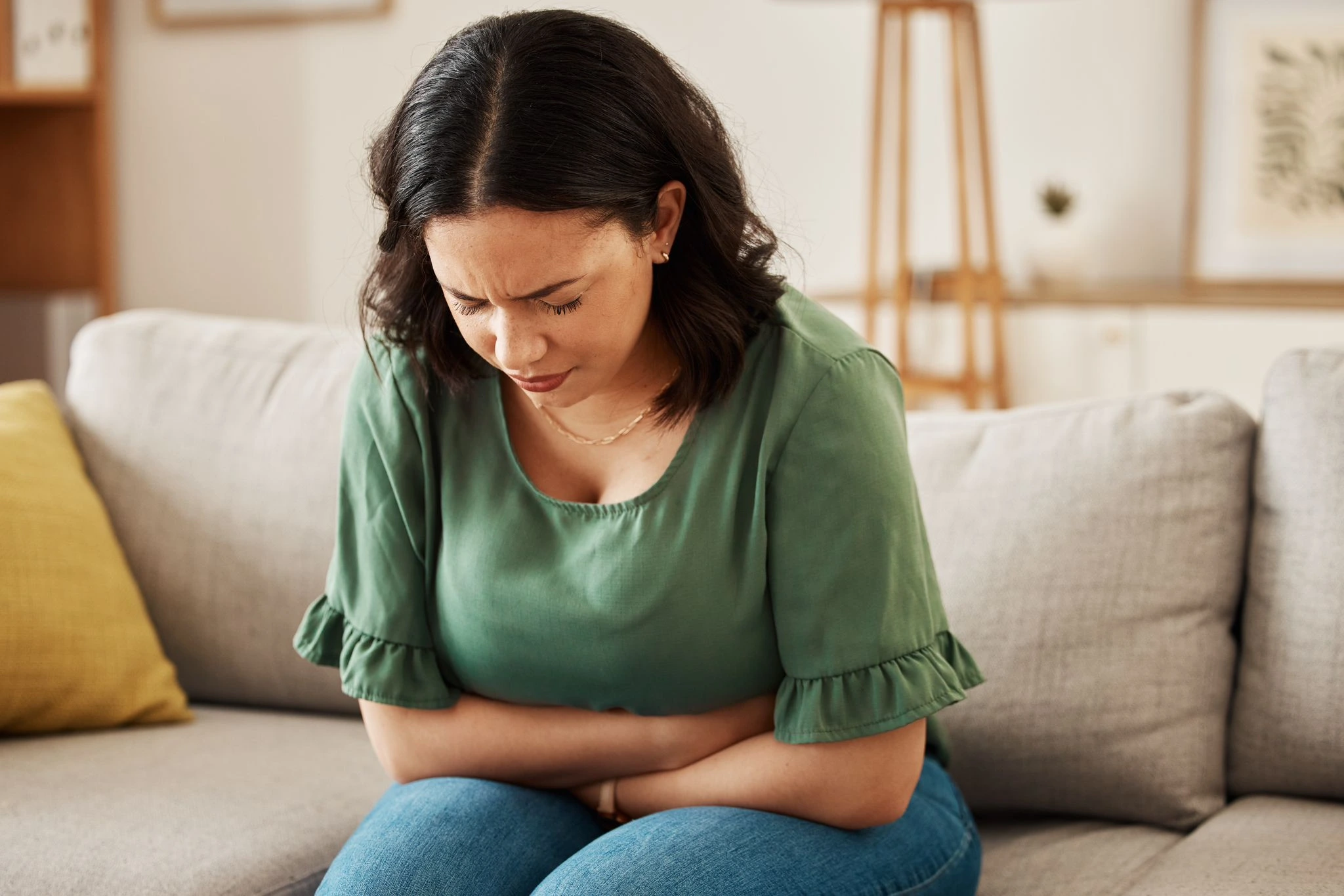
In the United Kingdom specifically, endometriosis impacts about 1.5 million women, representing roughly one in ten women of reproductive age [3].
Research indicates that women commonly experience significant delays—averaging about 7.5 years—in receiving a correct diagnosis from the onset of their first symptoms [4].
This prolonged diagnostic delay can severely impact a woman’s physical, emotional, and social well-being.
What is Endometriosis?
Endometriosis is a medical condition where tissue resembling the lining of the womb (endometrial tissue) develops outside the uterus. This abnormal growth commonly occurs on the ovaries, fallopian tubes, and the tissue lining the pelvis but can rarely be found elsewhere in the body, such as the bladder, bowel, or even the lungs [1].
Globally, endometriosis affects around 10% of women of reproductive age (typically between the ages of 15 and 49 years), amounting to approximately 176 million women worldwide [2].
Despite its prevalence, the condition remains significantly underdiagnosed due to varying symptoms and limited awareness among both the public and healthcare providers.
Common Anatomical Sites Affected
Endometriosis primarily affects the following anatomical areas:
- Ovaries (leading to cyst formation known as endometriomas or chocolate cysts)
- Fallopian tubes
- Ligaments supporting the uterus
- The peritoneum (lining of the pelvic cavity)
Less commonly, endometrial-like tissue can also appear on:
- Bladder
- Intestines
- Rectum
- Diaphragm (muscle involved in breathing)
Common Symptoms
Common symptoms of endometriosis include:
- Painful periods (dysmenorrhoea)
- Chronic pelvic pain
- Pain during or after intercourse (dyspareunia)
- Painful bowel movements or urination, especially during menstruation
- Heavy menstrual bleeding or bleeding between periods
- Fatigue, nausea, and digestive issues, especially during menstruation
- Infertility (difficulty conceiving)
Symptoms vary greatly among individuals, and the severity of symptoms does not always reflect the extent or stage of the condition.
Potential Complications
If left unmanaged or untreated, endometriosis can lead to several complications:
- Chronic pain significantly impacting daily activities and quality of life
- Infertility, affecting approximately 30% to 50% of women diagnosed with endometriosis [5]
- Adhesions (bands of scar-like tissue) forming in the pelvis, which can cause organs to stick together, leading to further pain and bowel or urinary complications
- Ovarian cysts (endometriomas), potentially requiring surgical intervention
Common Misconceptions
Several misconceptions surround endometriosis. A common misunderstanding is that endometriosis is just severe menstrual pain. However, endometriosis is a complex chronic condition involving tissue growth outside the uterus and can lead to complications beyond menstrual discomfort [1].
Another myth is that pregnancy cures endometriosis. While pregnancy can temporarily relieve symptoms for some, it does not eliminate the condition entirely [1].
Seeking Medical Support
If you suspect you may have endometriosis or experience persistent symptoms as described, it is important to seek medical advice promptly.
Early consultation with a general practitioner (GP) or gynaecologist can help manage symptoms effectively and prevent potential complications. Treatments include pain management, hormonal therapies, and surgical interventions depending on individual circumstances.
References
- Andrew Horne and Carol Pearson, Endometriosis: The Expert’s Guide.
- Lone Hummelshoj, Global Forum for Endometriosis Awareness.
- Emma Cox, Understanding Endometriosis.
- Hilary Mantel, The Delay in Diagnosis of Endometriosis.
- Tommaso Falcone and William Hurd, Clinical Management of Endometriosis.
LTF Editorial Team
The Love to Feel editorial team is a collective of passionate health writers, researchers, and lived-experience advocates dedicated to shining a light on endometriosis, dysmenorrhea, and everything that comes with them. We dive deep into the latest science, decode complex medical jargon, and center real stories to create content that informs, empowers, and supports. From expert-led guides and lived-experience features to practical tips, interviews, and myth-busting explainers, we’re here to help you navigate the messy, painful, and often misunderstood world of chronic pelvic pain and menstrual health—with empathy, accuracy, and a drive for change.